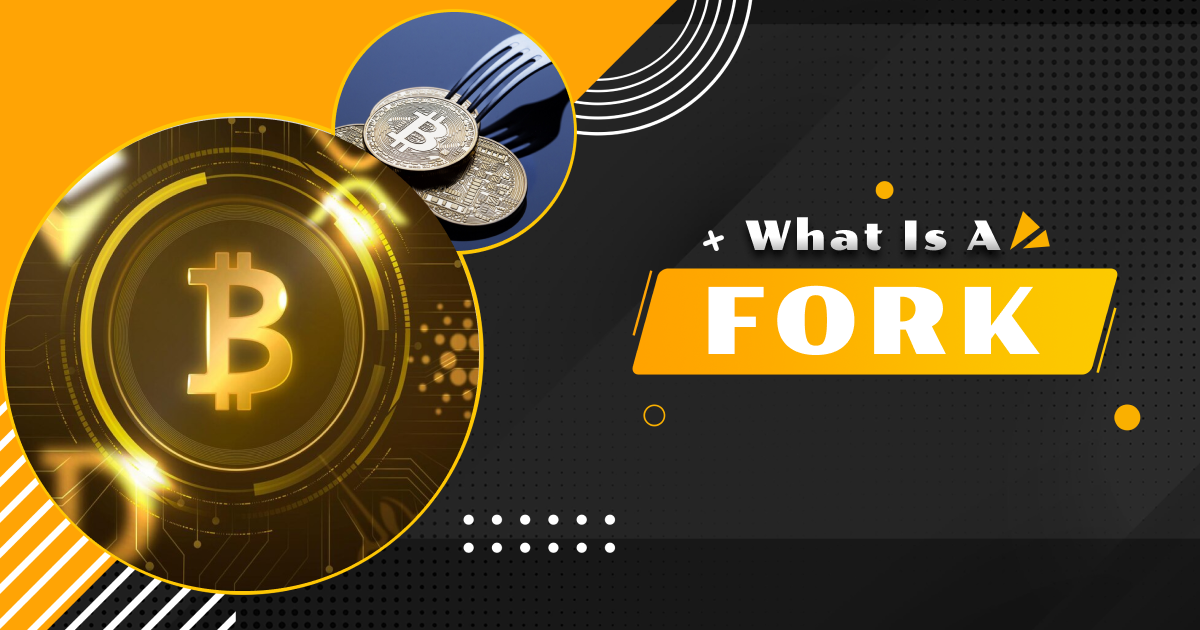
Decoding Crypto Forks: Navigating the Evolution of Blockchain
27th February 2024 | 3 minutes read
Embark on a journey through the dynamic landscape of blockchain evolution, where a term frequently encountered is ‘crypto fork.’ In this blog post, we unravel the mysteries of crypto forks – the pivotal moments that shape the destiny of blockchain networks. Join us as we explore the intricacies, types, and real-world impact of these fascinating phenomena.
Demystifying Crypto Forks
Blockchain technology, the backbone of cryptocurrencies, has witnessed the emergence of a phenomenon known as a crypto fork. A fork represents a crucial moment in the evolution of a blockchain, signifying a deviation in its path. To understand this, let’s break down the concept of crypto forks.
Two Sides of the Coin – Types of Crypto Forks
Crypto forks come in two primary types: soft forks and hard forks. These classifications hinge on the nature of the changes made to the blockchain’s protocol and the level of compatibility with the existing network.
- Soft Forks – A Gentle Transition
Soft forks are subtle upgrades to a blockchain’s protocol. They are backward-compatible, meaning nodes that haven’t upgraded can still participate in the network. An example of a soft fork is the introduction of Segregated Witness (SegWit) in Bitcoin.
- Hard Forks – Forging New Paths
In contrast, hard forks result in a permanent split in the blockchain. This occurs when nodes with updated software no longer recognize the blocks mined by nodes with older software. An example of a hard fork is the Ethereum and Ethereum Classic split, where differences in ideology led to the creation of two separate blockchains.
Forks in Action – Real-World Scenarios
Crypto forks have played pivotal roles in various scenarios. In 2017, the Bitcoin community underwent a contentious hard fork, resulting in the creation of Bitcoin Cash. This fork aimed to address scalability issues and diverging viewpoints within the community.
Navigating Challenges and Considerations
While forks provide avenues for innovation, they are not without challenges. Achieving consensus among network participants, potential disruptions, and effective communication are critical considerations in the fork process.